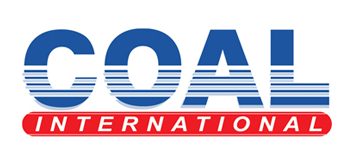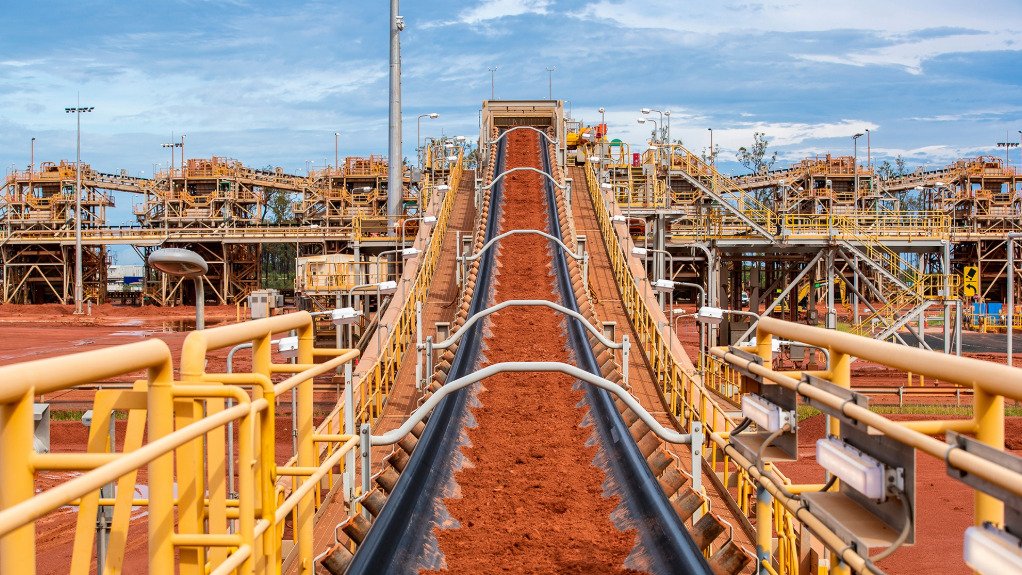Global mining giant Rio Tinto has reported consistent iron-ore production from its operations in Australia’s Pilbara, with third-quarter output increasing by 1% to 84.1-million tonnes. The company also achieved a significant milestone at its bauxite operations, with production rising by 8% to 15.1-million tonnes.
Rio Tinto noted that productivity gains in the Pilbara are effectively offsetting ore depletion, and it reaffirmed its guidance to ship between 323-million and 338-million tonnes of iron-ore this year. However, the company indicated that cash costs for its Pilbara iron-ore unit are expected to be in the upper half of the $21.75/t to $23.5/t range owing to elevated inflation.
CEO Jakob Stausholm attributed the strong iron-ore performance to the successful implementation of the company’s Safe Production System. This initiative has also led to marked improvements in bauxite production, particularly at the Amrun mine in Weipa.
For the full year, Rio Tinto is forecasting bauxite output of 53-million to 56-million tonnes, with production expected to reach the upper end of this range. The guidance for alumina remains unchanged at 7-million to 7.3-million tonnes, while aluminium production is projected to be between 3.2-million and 3.4-million tonnes.
In terms of copper production, Rio Tinto expects mined copper output to be between 660 000 t and 720 000 t, likely falling toward the lower end of that range. Refined copper production is estimated at between 230 000 t and 260 000 t.
During the third quarter, mined copper production decreased by 1% to 168 000 t, owing to the impact of the highwall movement previously reported at the Kennecott mine, in the US. This movement limited access to the primary ore face, necessitating the use of lower-grade stockpile ore to supplement the concentrator feed. This situation is projected to affect mined copper production by about 50 000 t in 2024.
Rio Tinto has reworked the mine plan for Kennecott, recognising that the highwall movement will continue to hinder ore deliveries and impact production through 2025 and 2026.
On the front of major organic growth projects, Stausholm confirmed that Rio Tinto is making steady progress. The company expects first lithium production from the Rincon starter plant, in Argentina, within months and is on track to commence output from the Simandou iron-ore mine in Guinea next year.
The Simfer mine, part of the Simandou asset, is set to ramp up over 30 months to achieve a capacity of 60-million tonnes a year, with Rio Tinto’s share amounting to 27-million tonnes.
Meanwhile, the ramp-up of copper production continues at the Oyu Tolgoi underground mine in Mongolia.
Rio Tinto last week announced the acquisition of Arcadium Lithium, which will make the group a leading lithium producer alongside aluminium and copper as it steps up efforts to supply materials needed for the energy transition.
The miner noted that China’s economy was transitioning from the property sector to new growth areas, with future commodity demand expected to be more reliant on advanced manufacturing, including electric vehicles, and power infrastructure (generation, transmission and distribution, and storage).



